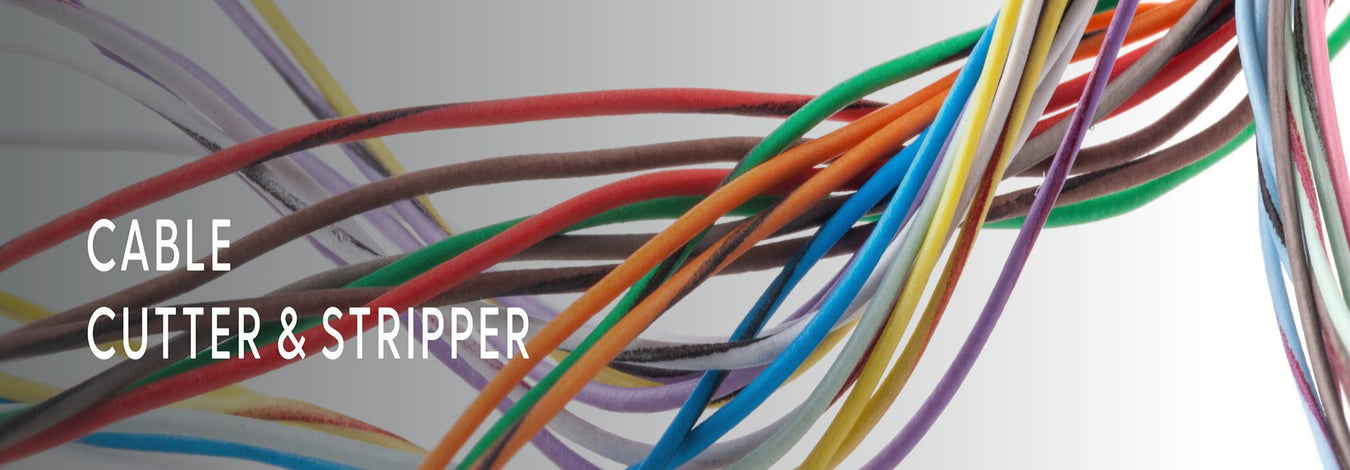
What are the Different Types of Crimper Lugs?
Crimper lugs are components used to create secure and conductive connections between cables/wires to electrical equipment/appliances, terminals, or other cables. They are also called cable or crimping lugs and are mainly made of copper and aluminum. You can easily find crimping lugs on the wiring systems of automobiles, machinery, household appliances, electrical boxes, etc. As is the case for most connectors, crimper lugs can be insulated or non-insulated.
It’s worth noting that crimper lugs are of different types, and each serves a particular need and is compatible with a certain type of terminal. That’s exactly what this article covers. It also looks into their specific features and applications.
Types of Crimper Lugs (and their Features and Application)
A. Ring Lugs
Ring lugs are also called O-type crimp lugs. It features a round and flat structure on a contact surface with a hole(s) in the center. That’s the hole where a screw or bolt is inserted when connecting to terminal points (stud terminal). On the back side (lug barrel), it has another deep hole where the cable strands go in and is also the area to crimp.
Ring-type lugs are often used for cable termination in areas requiring solid and reliable connectors. For instance, it’s used in industrial wiring, car battery terminals, MCBs, grounding points, etc.
You need a tool like the iCrimp IWS-1040S Battery Cable Lug Crimping Tool or the iCrimp AP-50BI Battery Ring Terminal Crimper to crimp ring lugs.
B. Fork lugs
Fork lugs are also called U-shaped crimp lugs. As the name suggests, these lugs feature a flat u-flat shape with two prongs (it looks more like a fork) where terminal points are inserted and secured with screws. Similar to ring lugs, fork lugs are crimped on the rear end where wire strands are inserted.
Fork lugs also provide secure and reliable connections often used in industrial, automotive, and audio applications like MCBs, switches, relays, etc.
The same lug crimpers used on ring lugs can also crimp fork lugs.
C. Pin type lugs
Pin type lugs feature a cylindrical shape. The connection part has a thin, hollow, and long structure (similar to a needle) in the center for inserting press-on pin terminals. The crimping is done on the lug barrel's outer side. It’s designed to cut off conductors into contact blocks.
Pin lugs are often used to connect cables and wires to relays, terminal blocks (PCBs), and fuse units, among other electrical devices of control and indication cables.
D. Flat type lugs
Flat-type lugs have an I-shape with a solid, flat structure. They’re specifically designed to be used with flat or ribbon-like cables in power distribution panels, automotive lighting systems, PCBs, patch panels, input/output modules, etc.
Flat-type lugs are often an excellent terminal choice where space is limited or a low-profile connection is required.
Conclusion
There is a wide range of crimping lugs. They are used across many wiring systems, especially in machinery, automobiles, electronics, home appliances, etc. Crimping these lugs is also simple when you have the proper lug crimpers. Suppose a crimper lug is pre-insulated; it’s good you use a tool designed for such lugs.
iCrimp offers a wide range of crimping tools for both insulated and non-insulated crimper lugs of various gauges. The tools are also designed with different crimping profiles.
References





